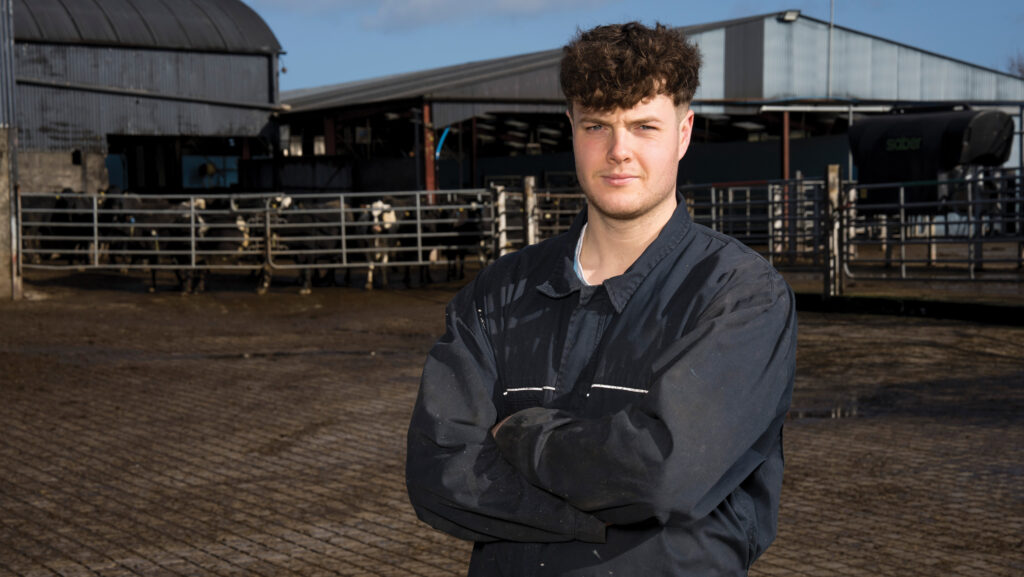Farmer Focus: Cell counts up for cows grazing excess grass
 Ewan McCracken © Steffan Hill
Ewan McCracken © Steffan Hill Autumn can be the most testing time of year for grassland management.
If we want to deem ourselves as an effective grazing herd, it requires patience, adaptability and knowing when to pull the plug.
I think of autumn as a pendulum: not with two factors being balanced, but with three, four or five different pivots to weigh up.
These factors differ year-to-year, ranging from stocking rate, precipitation, silage reserves, cost of concentrates or grass growth.
See also: Advice on calculating cull cow costs accurately
As of 1 October, we have started our final grazing round.
In theory, this should take us up to the second week of November and, with the aid of an autumn rotational planner, much of the guesswork has been removed from the process.
Without proper planning, overgrazing will lead to a reduction in early spring grass next year.
To ensure this does not happen, we have had to consider clover and utilisation. The fastest way to kill your white clover content is not poaching, but heavy covers.
To allow enough light to reach clover plants at the base of the sward over winter, we graze these fields last this autumn and first next spring, promoting a better recovery, which leads on to utilisation.
The last rotation is just as important as your first rotation in the spring.
The hard work you put in throughout the year, ensuring each paddock is cleaned out in every rotation, has culminated to this point.
When indigestible lignified parts of the plant are minimised and digestible leaf dominates, we can maintain better milk constituents for longer this season.
This, combined with the lower cost of concentrates, has driven our milk components to 18 litres/day at 5.31% fat and 4.28% protein.
However, like always, there are setbacks. With higher than average grass growth, we have maintained our stocking rate higher, meaning we have kept cows that we would usually cull, or sell.
These include high somatic cell count cows which have inflated the herd average to more than 170,000 cells/ml.
The decision we have to make is keeping these problem cows on to maintain the volume of milk, or culling when the beef price is high.
With the weather currently forecasting low rainfall, keeping them seems more likely – for now.

